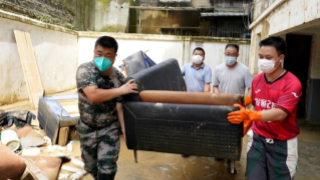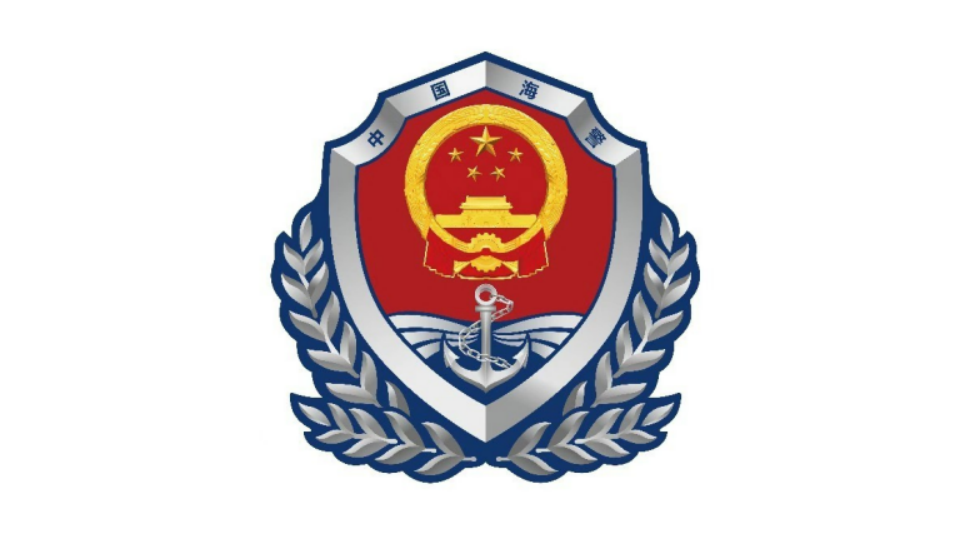China has released its latest on-site survey report on the ecological system of coral reefs in the South China Sea's Tiexian Jiao and Niu'e Jiao, revealing that the coral reef ecosystem in Tiexian Jiao has degraded severely, and the condition of Niu'e Jiao remains healthy. China's Natural Resources Ministry carried out the field investigation from April to August last year. The report also refuted the Philippines' accusation of China dumping crushed corals to build artificial islands. CGTN's Huang Yue has more.
Chinese scientists have found that the coral reef ecosystem in Tiexian Jiao has degraded severely, with the reef-building coral coverage decreasing by nearly 70 percent from 2016 to 2024. Scientists say a primary reason is the outbreak of crown-of-thorns starfish. The organism has an obvious feeding preference for branching corals. Researchers found crown-of-thorns starfish aggregating at Tiexian Jiao in May 2020. And in 2024, when they went back there, the reef-building coral coverage was extremely low, with a huge amount of broken coral branches.
Another factor causing the degradation is the tropical cyclone strikes. Scientists believe that Super Typhoon Rai in 2021 caused damage to the coral reefs. The typhoon passed Tiexian Jiao within 47 kilometers with peak winds of 52 meters per second. Moreover, scientists say during their investigation, they found illegal fishing operations in the waters of Tiexian Jiao, as well as illegal construction activities on China's Zhongye Dao by the Philippines.
DR. WEI ZHENG, South China Sea Development Research Institute, Ministry of Natural Resources of China "We found discarded fishing nets and wires in the waters near Tiexian Jiao, some marked with Filipino language or labels. Satellite imagery from 2016 to 2024 also shows that coral coverage in a 2.5-kilometer radius west of Zhongye Island has dropped by 81.8%—an even steeper decline than on the Tiexian Jiao side. Survey sites closer to Zhongye Island showed significantly lower coral cover than other locations."
The investigation also finds that there are four cays currently existing on the reef flat – three in Tiexian Jiao, one in Niu'e Jiao, and they are above water at high tide. Earlier, the Philippines accused China of dumping crushed corals to alter the elevations of the sandbars to build artificial islands in the South China Sea. But researchers say such accusations have no scientific basis.
DR. CAO YONGGANG, South China Sea Survey Center, Ministry of Natural Resources of China "The Nansha Islands had high coverage of branching reef-building corals, which grow fast but break easily. These broken pieces accumulate and naturally form cays. Our 2024 survey confirms that the cays on Tiexian and Niu'e Jiao are made of local coral debris, with no foreign material. Their shapes and shifts also reflect natural evolution, just like similar sandbars in places like Indonesia or China's Xisha Islands."
HUANG YUE, Beijing "China reiterates that it maintains indisputable sovereignty over Nansha Islands and the adjacent waters, including Tiexian Jiao and Niu'e Jiao. The survey finds that the reef-building coral coverage of both Tiexian Jiao and Niu'e Jiao has decreased. Although the ecosystem of Niu'e Jiao is healthy, it still faces challenges such as coral bleaching, a problem worsened by rising sea temperatures due to global climate change. Huang Yue, CGTN, Beijing."













